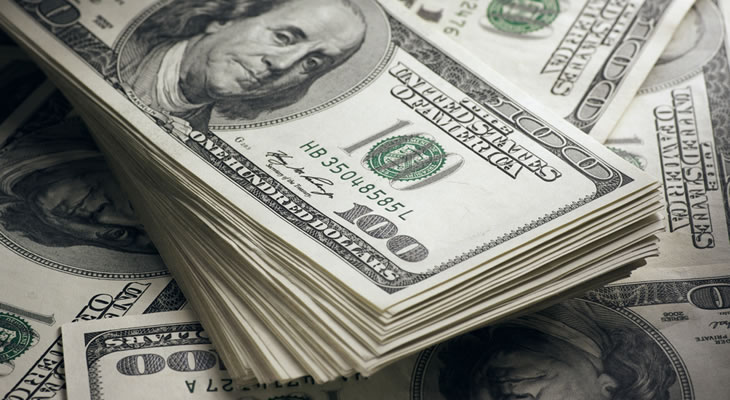Future UK Inflation Rate Reduction could Trigger Further GBP/USD Declines
The Pound has fallen by -0.3% against the US Dollar on 16th January, following news that year-on-year UK inflation has slowed in December 2017.
Base UK inflation fell from 3.1% to 3% during the month, while the core reading showed a greater-than-expected slowdown from 2.7% to 2.5%.
With UK wage growth, earnings without bonuses were reported at 2.3% in October while earnings growth with bonuses was at 2.5%.
Comparing either wage reading to base inflation, the UK remains in the grips of a nationwide wage squeeze, although the latest slowdown has lessened the damage somewhat.
Lower UK inflation improves the situation for UK consumers, but may also mean that the Bank of England (BoE) is under less pressure to consider raising interest rates.
Taking this into account, Royal London Asset Management Economist Ian Kernohan said;
‘Last month saw CPI inflation fall slightly to 3%. Much of the recent rise in inflation was driven by Sterling’s devaluation during 2016.
However, this factor will begin to fade and inflation should fall back towards the 2% target over the coming year, with Producer Prices already showing input price inflation falling sharply’.
A bulk of economic analysts weren’t expecting a BoE interest rate hike in early 2018 anyway, so further inflation rate declines could eventually push the GBP/USD exchange rate higher.
Progressive Path of US Interest Rate Hikes could Trigger USD/GBP Rally
Taking a broad look at the US economy in 2018, the US Dollar may rise sharply against the Pound if the Federal Reserve commits to progressive interest rate hikes.
The US central bank is tipped to enact at least three interest rate hikes this year, but some suspect that a fourth hike could also be on the table.
Taking a hawkish stance, economists at ratings agency Fitch have forecast;
‘It will take something unexpected to interrupt the path of higher interest rates.
We are not anticipating that, so we think rates are going to move higher than the market believes they will’.
Four rate hikes in 2018 could push the US Dollar considerably higher against the Pound, as well as other peers like the Euro.
US Consumer Confidence Reading could Fluctuate on Tax Reform Progress
A factor that could have a more immediate impact on the US Dollar to Pound exchange rate will be the University of Michigan (UoM) consumer sentiment reading, out on 19th January.
The preliminary figure is forecast to show a rise from 95.9 points to 97, which would put it closer to 2017’s high of 100.7 points.
The 100-point figure was reported in October last year, but it was followed by declining confidence in November and December.
According to the December UoM report, changes to the US’s tax system had a strong effect on some respondents;
‘Tax reform was spontaneously mentioned by 29% of all respondents, with nearly an equal split between positive and negative impacts on economic prospects.
Party affiliation was the dominant correlate of people’s assessments of the tax legislation, with the long term economic outlook the most negatively affected’.
While Donald Trump’s tax reform plans were narrowly passed in December 2017, benefits to those filing tax returns won’t be seen until 2019.
This delay could mean that confidence declines before the reforms kick in, so additional tax changes remains a potential influencer on confidence and the US Dollar.


Comments are closed.